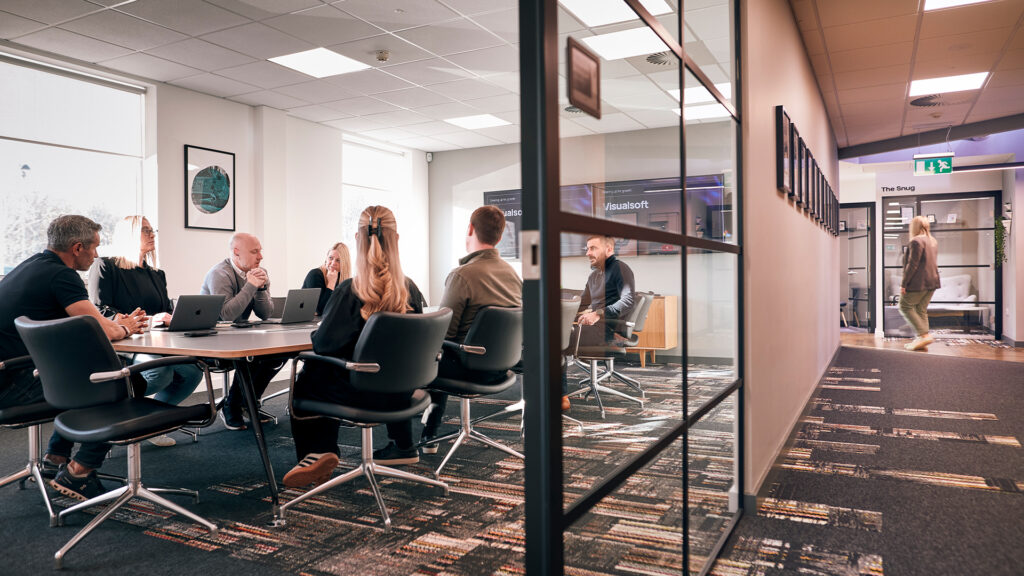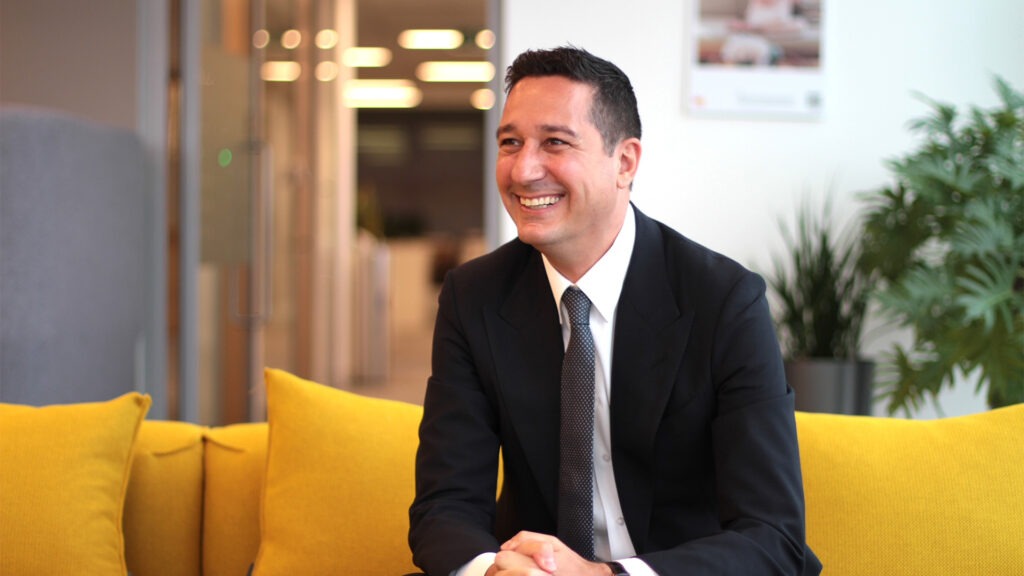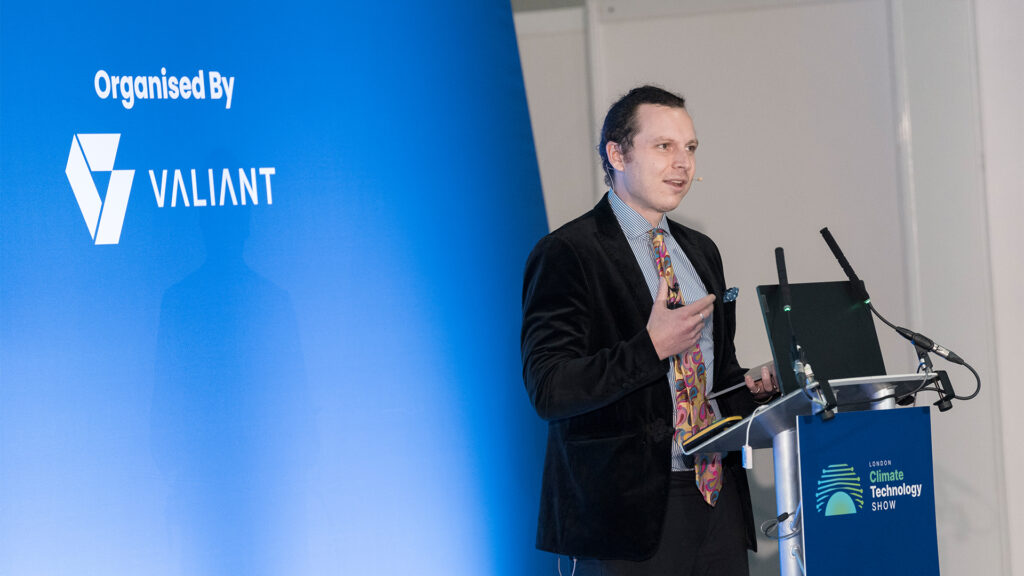When you’ve worked somewhere for almost a decade, becoming CEO doesn’t feel like stepping into a brand new world. It’s more like flipping the lights on and seeing the place from a new angle. You know the people, the systems, the strengths and the ...
Explore In-Depth CEO Insights and Articles
Explore our extensive collection of articles featuring the latest insights, trends, and success stories from top business leaders. Stay informed with expert analysis and in-depth content that covers a wide range of topics in leadership and innovation. Browse now to stay ahead in the business world.

Browse Our Latest Articles
Explore the latest articles, featuring expert insights, groundbreaking innovations, and success stories from visionary business leaders. From leadership strategies to industry trends, our articles deliver the knowledge you need to stay informed and inspired. Dive in and stay ahead in the ever-evolving world of business leadership.
A recent LinkedIn poll I conducted revealed a trend that should make every business leader pause. Seventy per cent of respondents, many of them senior leaders across early years support, business services, and tech, reported that employees in thei...
Weaving a strong, symbiotic relationship between companies and their customers is no small feat but, with Reward, it doesn’t have to be difficult.
Founding a successful business is marked by both significant challenges and gratifying achievements. Success is not solely defined by monetary gain but by a range of factors.
Despite widespread digital transformation investment, success rates remain staggeringly low. For instance, just 17% of decision-makers who have adopted digital solutions to transform their services consider the move to be completely successful.
Women who start their own businesses report a significant boost in confidence, resilience, and self-belief despite many feeling the stress of ‘entrepreneurial load', according to new research from Small Business Britain, in partnership with S...
Entrepreneurship is an exciting journey full of promise and potential, but founders often focus far too much on potential rewards - the dream of owning a successful business - while underestimating the risks that could derail their ventures before...
Technology is a great enabler in the workplace, but it can also become a significant burden if its use becomes problematic.
Changeblock is a company on a mission to empower businesses to survive and thrive in global markets.
Career advancement should be based on ability, ambition, and performance, but too often, people encounter invisible barriers: bias and lack of experience.
When you’re scaling from £1M+ it is a different game. What got you to that first million, won’t get you to £10M. The strategies shift, the stakes rise, and the journey gets lonelier. But the right tribe can change everything.
Few technologies have impacted businesses across industries the way generative artificial intelligence (AI) has. Still, its potential for automating creative roles often takes much of the spotlight when it may be most useful as a data analysis and...











